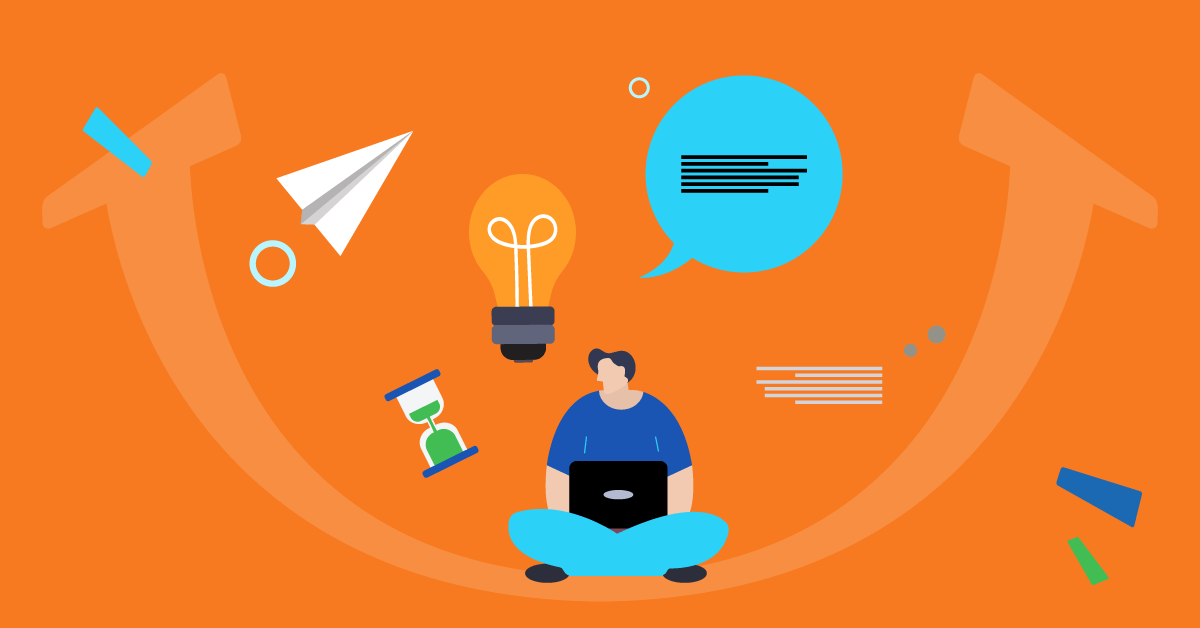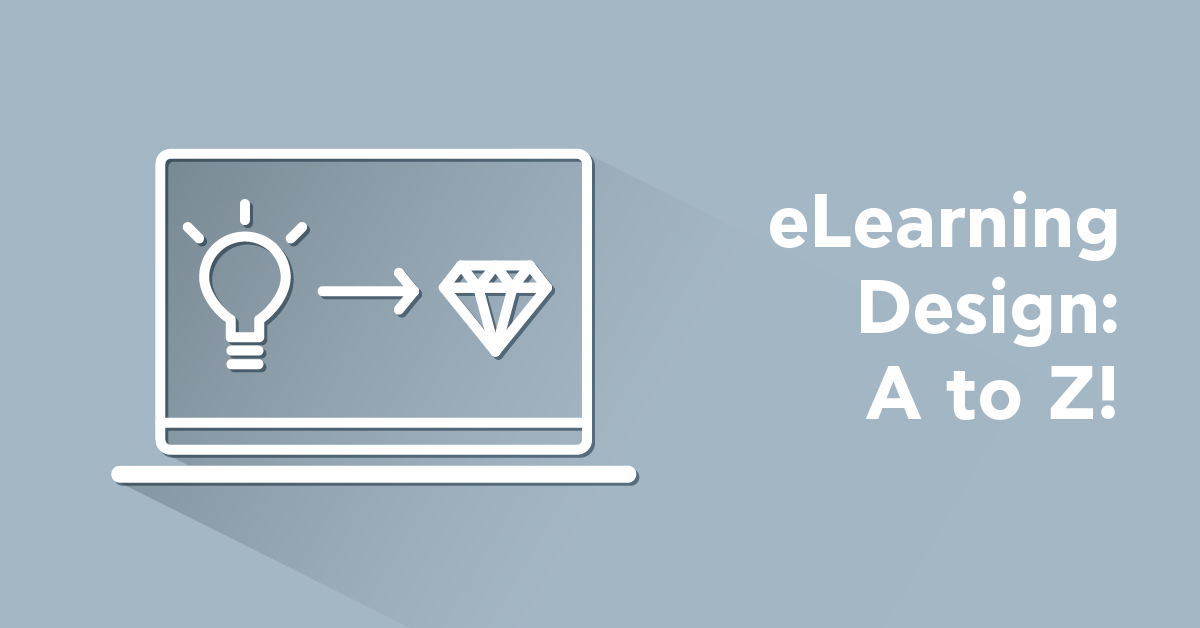Imagine this: you’ve settled into your workday, and you’re immersed in a complex project. Suddenly, a training notification pops up. Next thing, you’re pulled away for a mandatory session on a new software update.
Frustrating, right?
This is an all-too-common scenario in traditional employee learning models. It forces employees to scramble to catch up on both the course and their actual work. And leaves them feeling stretched thin and disengaged.
Learning in the flow of work offers a more pragmatic approach to employee development and training. It is a learning strategy that has the power to revolutionize how employees learn and grow in your organization. The result? Higher levels of employee engagement and better long-term training outcomes.
Let’s find out more.
What is learning in the flow of work?
Learning in the flow of work refers to a paradigm shift in corporate training. Introduced by industry expert Josh Bersin in 2018, it is a learning strategy that represents a move away from formal, macro-learning in corporate learning. And towards an informal, micro-learning approach.
Simply put, learning in the flow of work embeds learning opportunities into an existing workflow. It provides employees with relevant information and skills when they need them. And its ultimate aim is to cut disruption while boosting knowledge retention.
What does this look like in practice? An interactive guide within your team’s work software is a good example of learning in the flow of work. A ready-to-use resource, the guide is there for employees to refer to when they need it. Whether it’s to help with a new task, a technical problem, or to answer a specific question.
How does learning in the flow of work differ from traditional training methods?

Rigid schedules, a one-size-fits-all approach, and long sessions are all examples of traditional training methods. And they all have one thing in common. They all create a disconnect between learning and actual work. And this disconnect, in turn, can lead to:
- Disruption and lost workforce productivity. Taking employees away from work for extended periods disrupts their workflow and output.
- Disengagement and lack of motivation. Forced, general training sessions can be boring, frustrating, and irrelevant.
- Missed deadlines and delays. Juggling both professional development and regular workload can overwhelm employees.
- Poor knowledge retention. Traditional training often relies on one-off sessions, detached from the actual work context. With limited opportunities for reinforcement and practice, rapid knowledge decay can follow.
The challenges of traditional training in the modern workplace
Learning in the flow of work addresses all of these traditional obstacles. But it doesn’t just provide an answer to these time-old challenges. Or a refreshing change of pace from your typical L&D strategy. It’s a response to an ever-evolving workplace learning landscape.
Which looks something like this:
Rapidly evolving technology and tools
The pace of technological advancements and industry changes is accelerating. Automation and AI are rapidly transforming job roles. And to stay current, capable, and competitive, employees must adapt to evolving responsibilities. Which means constantly building new skills or improving on existing ones. In this dynamic, ever-changing world of work, traditional, infrequent training sessions lose their relevance. And effectiveness.
New working models
Remote and hybrid models are now the norm for many businesses. And, with an increasingly global workforce, employees aren’t just working from different locations. They’re working across different time zones, often asynchronously, too. As a result, it’s not always practical or possible to get people into the same training space at the same time. And asking them to take time out from work can cause a ripple effect of broken productivity.
Help dispersed teams learn, together
Provide an enriching learning experience, wherever your employees are, with TalentLMS.
The training platform that users consistently rank #1.
Time constraints and information overload
Employees today juggle multiple tasks. Information comes at them fast through new communication tools and dispersed teammates. In this context, lengthy training sessions can appear burdensome, daunting, and time-consuming. This makes it harder for people to feel enthused and interested in learning at work. And even a cause of stress or anxiety.
The benefits of learning in the flow of work
Learning in the flow of work offers a compelling solution to the challenges above. It does this by incorporating learning experiences within the day-to-day workflow. And it empowers both employees and organizations in the following ways:
Greater productivity
When training takes place alongside day-to-day workflow, employees don’t have to break away from what they’re doing. And, by minimizing disruption, they can complete tasks efficiently, accurately, and in-the-moment. Allowing employees to learn while they work also eliminates the need for separate training sessions. This frees up valuable time and boosts efficiency and output.
Better knowledge retention
Learning in the flow of work aligns training with on-the-job tasks. Content arrives in bite-sized chunks, directly within the work environment. Information is always relevant to the task at hand.
It’s designed so employees can immediately put their new knowledge into practice on-the-spot. And then reinforced through spaced repetition. All of which eliminates the learning/application disconnect and enhances long-term memory.
Enhanced employee engagement and motivation
When employees take control of their own training, engagement grows. Learning in the flow of work supports self-directed learning. It empowers employees to choose what they need and when. Which boosts motivation, and interest in (and interaction with), the learning content.
Meet TalentLibrary™
A growing collection of ready-made courses that cover the soft skills
your teams need for success at work
![]()

How to embed learning into the workflow: 8 practical strategies
Let’s move from theory to practice. Here are some learning in the flow of work examples. These actionable strategies can help you incorporate training into your employees’ everyday tasks:
1. Embrace microlearning
Break down complex topics into bite-sized modules employees can complete within minutes. This caters to shorter attention spans and allows employees to learn in small bursts throughout the day.
2. Leverage mobile learning
Use mobile-friendly learning platforms and apps to make training accessible anytime, anywhere. This empowers employees to learn on-the-go, during breaks, or even while commuting.
3. Encourage action-based learning
Design education experiences that require immediate application. Things like quizzes and interactive simulations and tutorials let employees test their understanding. They also provide a safe environment for practicing new skills within the workflow.
4. Adopt technology integrations
Host content on a learning management system (LMS) to deliver content and track progress. Also, consider exploring the potential of AI-powered chatbots and virtual assistants. They can provide context-specific guidance and answer questions in the moment.
5. Create a learning culture
Foster a culture of continuous learning by encouraging knowledge sharing and peer-to-peer learning. Also, celebrate knowledge achievements. Recognize employees who engage in learning opportunities. And reward them for doing so.
6. Embed learning within software applications
Use technology to provide instant support and clarification. Add built-in ‘how-to’ guides, tutorials, and microlearning modules to the tools employees use daily.
7. Use performance support tools
Implement knowledge management systems, wikis, and online communities to facilitate talent management and training.
8. Personalize learning pathways
Tailor learning content and recommendations based on individual needs, roles, and skill gaps.
Why learning in the flow of work is vital for your future success
When working and learning are separate activities, training usually takes second place. It’s either pushed to the important-but-not-urgent realm. Or completed begrudgingly and viewed as a distraction rather than an opportunity.
To adapt to the ever-changing demands of the modern workplace, you need to bring the two together. And that means adopting a learning in the flow of work model where possible.
Not only is it a more pragmatic, productive, and powerful approach. But it empowers employees to take ownership of their development. The result? A more robust, resilient, and responsive workforce. And a more robust, resilient, and responsive business.
| Tags: eLearning Design,Microlearning



